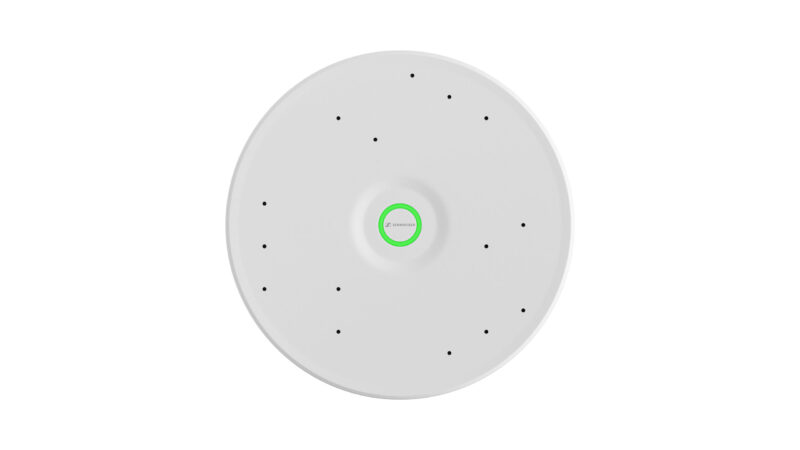Innovation Beyond the Tagline
I’ve written a lot about innovation over the years and if you’ve read any of my blogs on the subject, you know I’m pretty skeptical about the use of the term most of the time.
A lot of people use “innovation” to describe iterative improvements over time, and I’ve come to terms with the fact that this is a valid — although often lackluster — way to describe a new product or service. I also understand that many innovations are not in the products themselves, but can be behind the scenes in the manufacturing processes, go-to-market strategies, and supply chains (yes please). They’re harder to see from an end-user perspective, but for the company using them, they’re invaluable.

Being a biology geek of sorts, I always liken innovation by iterative improvement to natural selection. A bird species can, over time, select for more robust beaks to better cracks seeds and nuts, and over time, the new beak will be the standard bearer, and this version of the bird is better suited for its current environment. However, it’s still a bird, and in fact, most of the rest of the bird is the same as it has always been.
If you see innovation as I’ve heard some describe it, as a nonlinear evolution, then you go beyond iterative improvement altogether and get something completely different. This is the appearance of a new species, without a clear line of predecessors, that shows up and out-competes all the other animals in the ecosystem. This is exactly the disruptive type of innovation that changes markets and industries, often shuffling the deck and establishing a new hierarchy and power structure.
Now, of course, this type of innovation is much harder to come by because it’s not obvious. In fact, it’s often counterintuitive. It’s the kind of change that people say will “never take off” or “won’t last” that often escapes the boundaries of human expectation and succeeds.
Many innovations we see are repackaging of old ideas or existing technologies, and in these cases, we often see marketing jump in and sell old ideas as “innovation.” However, there is a small window to capitalize on this marketing-induced perception of innovation.
Why, you ask?
Let’s say a product is introduced as innovative that is really just using commonplace technology and well-established methods of integration. If the product doesn’t offer any value beyond previous iterations, it may have some initial success, but then the truth becomes known, and it quickly fades into oblivion.
On the other hand, if the product does provide some demonstrable value in its new incarnation, those who know the truth about the elementary nature of the technology and methods used can quickly and easily copy the product and methodology, as there really isn’t anything innovative other than the marketing around it, and that can be easy to capitalize on.
The fast followers let the pioneer suffer all the initial market resistance and build demand and then come in and split the spoils of that hard work.
True innovation is harder to copy because no one else has a clue about what you’re actually doing or how you’re doing it. That is innovation beyond the tagline.





